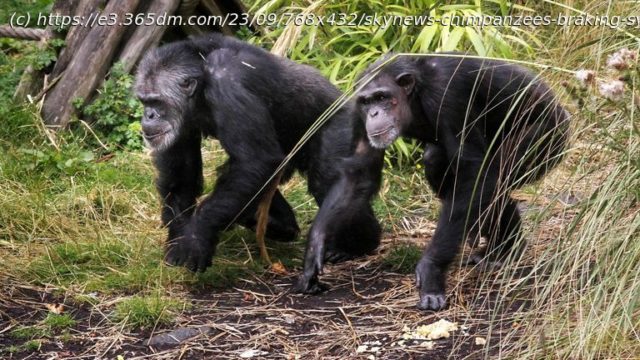Early humans needed the movements to slow their descent out of trees so they could climb down without dying, researchers from Dartmouth College in the US found.
Humans‘ rotating shoulders and extending elbows – which allow us to reach a high shelf or throw a ball – may have evolved as a natural braking system for our primate ancestors, new research suggests.
Early humans needed the movements to slow their descent out of trees so they could climb down without dying, researchers from Dartmouth College in the US found.
When early humans left forests for the grassy savanna, their versatile shoulders and elbows were essential for gathering food and deploying tools for hunting and defence, the study says.
Researchers used sports-analysis and statistical software to compare videos and still-frames they took of chimpanzees and small monkeys called mangabeys climbing in the wild.
They found that the animals climb trees similarly, with shoulders and elbows mostly bent close to the body.
But when climbing down chimpanzees extended their arms above their heads to hold onto branches like a person going down a ladder as their greater weight pulled them downward bottom-first.
The research, published in the Royal Society Open Science journal, suggests that flexible shoulders and elbows passed on from ancestral apes would have allowed early humans such as Australopithecus to climb trees at night for safety and come down in the daylight unscathed.
Start
United States
USA — IT Human shoulders and elbows evolved as brakes for apes climbing trees, new...






